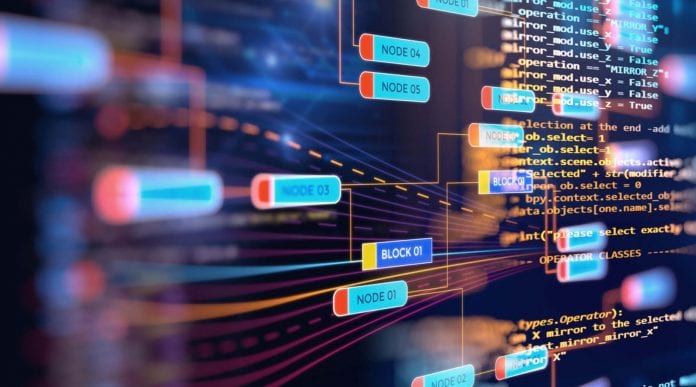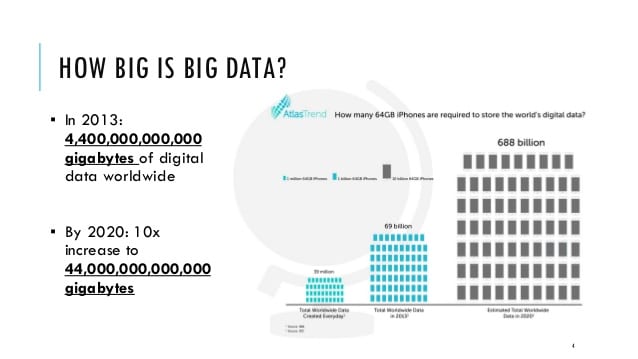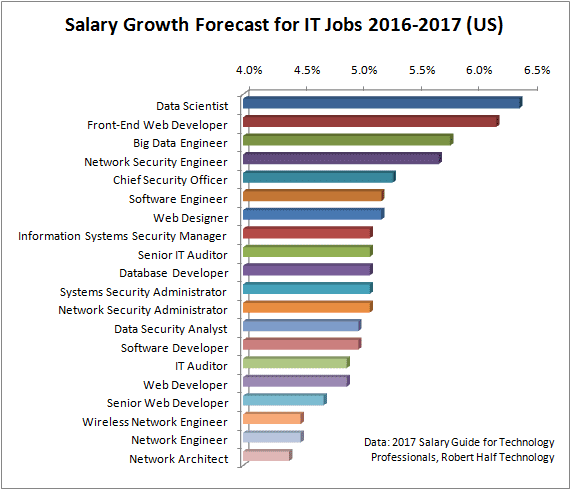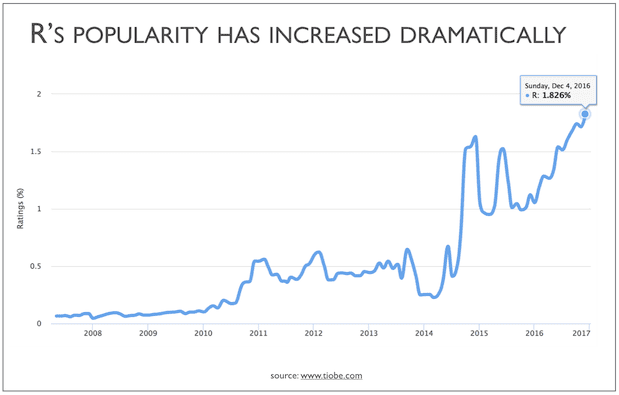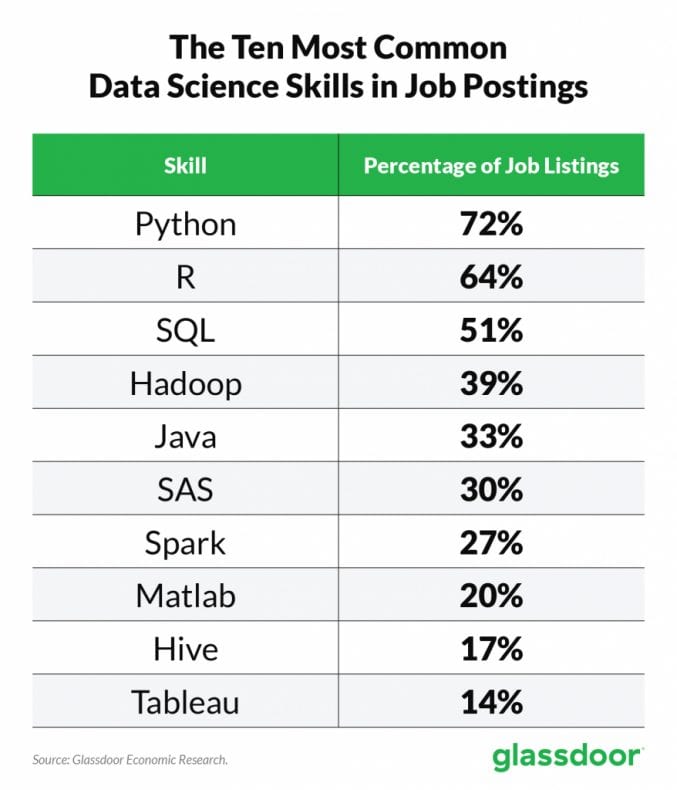Big Data technology is fascinating. Many IT professionals want to jump into the field of Data Science because of increasing demand and an attractive pay package. Currently, it takes only around 1.2 years for the volume of business data to double. The rise of IoT will drastically shorten that time shortly.
We currently no longer have the problem of the lack of data. The major problem in the business world is the lack of professionals that can help them utilize the full potential of the collected data.
Big Data professionals are already getting an attractive pay package. Check out how they will get an even better pay package.
Some of you may have heard of how you can perform data analysis solely with the help of the readymade software. However, those pieces of software have limited capabilities.
You need to use some programming languages to carry out sophisticated analytics tasks. That is why employers desperately want professionals who not only can play around with data but also programming languages to solve Big Data issues.
Top 7 Programming Languages for Big Data in 2019
There are numerous programming languages in the world today, and the choice of language vary, according to the company. In this article, I’m going to talk about what the majority of companies prefer when it comes to the programming language for Big Data.
Here are some of the most popular programming languages for Big Data in 2019:
1. Python
It is straightforward to get started with Python. It is a general-purpose programming language that has been getting a lot of love from developers recently.
The use of Python is widespread in the field of AI, machine learning, and data science. There are numerous packages in Python that allow developers to solve a wide range of Big Data problems efficiently. You will also find a great online and offline community that can help you out in your journey.
2. R Programming Language
R was not famous back when Richard Schultz and Martin Schultz introduced it on the market. The primary purpose of this language was to serve mathematicians and statisticians to help them solve sophisticated numeric problems.
The recent popularity of the data science field has suddenly increased the demand of the R programing language. As it is primarily for dealing with data analytics, one can find massive libraries and packages that can help you solve almost every kind of numerical problems. There are fantastic data visualization tools for data scientists.
If you are serious about making your name in the field of data science, you should strongly consider learning the R Programming language.
3. SQL
SQL a.k.a. Structured Query Language is the most common language for designing and managing a relational database. You must know how to use SQL to enter the data science field. Knowing this programming language will help you get familiar with other Big Data technologies.
Learning SQL is extremely easy. You do not need to remember any fancy codes. There are declarative statements in SQL, which makes it easier even for non-programmers to learn.
4. Java
Java has been dominating the world of programming since decades. Since its birth, it has come a long way and matured a lot. There are plenty of IDEs, libraries, and advanced frameworks in Java. It has found its place in almost all fields of information technology.
You can find great tools and libraries for machine learning and data science. Some of them are Weka, MLLib, and so on. Some of the great Big Data frameworks have Java as their source code, such as Spark, Hadoop, and so on.
Java is also incredibly fast, which makes it suitable for large applications.
5. MATLAB
MATLAB is another programming language like R, and it is precisely in use for numbers and calculations. It has a fast and reliable algorithm for solving complex mathematical problems. It is extremely popular in academia and industry. This software is not free to use, but the price is reasonable. The cost of the product varies according to the application.
You will be able to compute advanced mathematical problems with this software. There are plenty of built-in functions that assist data scientists in data visualization.
You can see that MATLAB is one of the critical skills that are in demand in the field of Big Data. Having an understanding of MATLAB will significantly broaden your job scope in the data science field.
6. Scala
Scala is a fantastic language that can implement both the functional and object-oriented approach of programming. JVM (Java Virtual Machine) makes use of this language as well. The combination of Scala and Spark is mindblowing. This combination offers excellent cluster computing performance.
Scala is an excellent language for anyone who is working with vast data sets. For those who want flexibility, it offers both a functional and PLO approach. Another great benefit of using Scala is its compatibility with Java. The Java developer can quickly learn and implement Scala. You can combine the codes of Scala and Java to achieve greater things.
7. SAS
The final programming language on the list is SAS. Anthony James Barr introduced SAS. You can use this language for gaining insights from the basic spreadsheet to complicated database systems.
There is a considerable demand for SAS in the commercial analytics space. If you check out the image in point number 5, you can see that SAS is amongst the most in-demand skills in the data science field.
You can find a massive set of statistical functions to help you compute an enormous volume of data. It also has a great GUI for making things easier for Big Data professionals. You will find excellent technical support if you go with SAS.
It is a little bit expensive to get started with SAS. However, you can find huge corporations using SAS as their primary tool for Big Data. You can quickly get started with SAS. Anyone with a knowledge of SQL can soon get a good grasp of SAS. There is a SAS certification program if you’re serious about diving into Big Data with SAS.
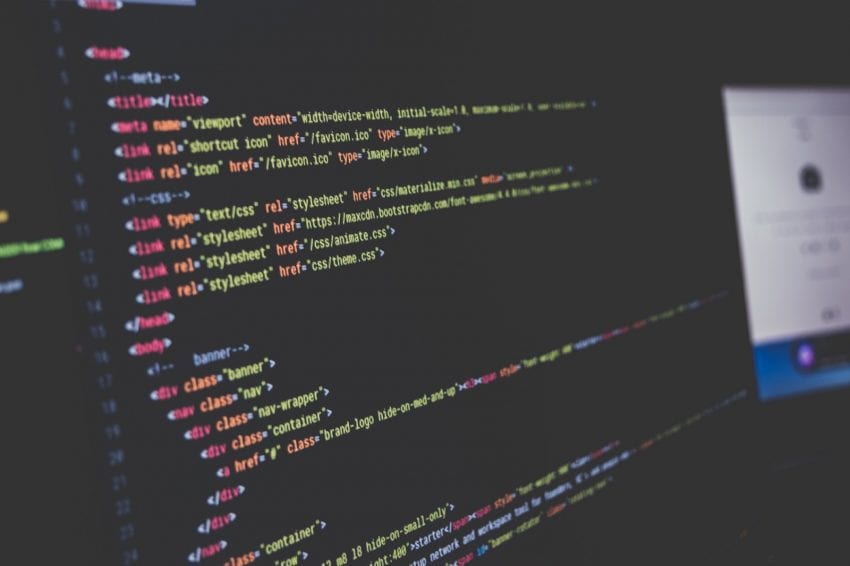
Should I start learning all 7 Programming Languages Right Away?
Keep in mind that there is no such thing as the best programming language. The selection of the programming language depends on various factors like employer’s taste and perception, projects, and fields. The list of the seven programming languages that I’ve unveiled is best for data science.
However, I’m not implying that you need to be an expert in all seven programming languages to be eligible for a task. Starting with one can do the trick for you. After you know how to play with one, learn the other one if you need to learn. You can quickly learn a new programming language and new technology if you have a strong foundation. Check out the job requirements of the companies that you want to learn and act accordingly.
I hope that you have got tremendous value from this article. Let us know what you think about this article and feel free to add more insights to it.
